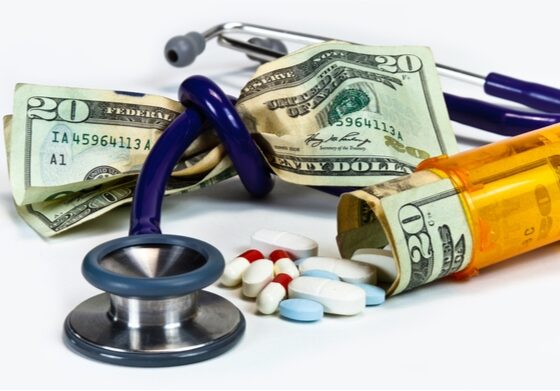Another study revealing the ever increasing rise in healthcare costs. Tell us something we don’t know. Will costs ever level off and maybe even decrease or is that just wishful thinking? At this point, I’ll take no increase over the double digit rise in premiums and the greater out-of-pocket expense. Americans continue to pay more and get less. What’s wrong with this picture?
By Tom Murphy
AP Business Writer
Health care costs have more than doubled for some American families over the past nine years, and they show few signs of dropping, according to a
The employee portion of costs paid for a family of four covered by the most common form of employer-sponsored health insurance will climb to a projected $8,008 this year from $3,634 in 2002. That amounts to an additional $84 a week from household budgets for health care.
Preferred provider organization plans are the most common form of employer-sponsored coverage.
The rise in health care costs is slower in 2011 compared to recent years, but they are still rising much higher than costs in other consumer areas, said consulting actuary Lorraine Mayne, one of the report’s authors.
“We don’t see anything on the near-term horizon that’s going to bend that downward,” she said.
The consulting firm compiled its annual health care cost measurement, known as the Milliman Medical Index, by studying provider fees, benefits and average health care use in all 50 states. Health care costs include insurance premiums for health care and other costs that come out of an employee’s pocket like co-payments, deductibles and co-insurance payments.
Employers still pay most of the total health care cost for families, but Milliman said the portion paid by the worker reached an all-time high of almost 40 percent this year.
Counting employers’ contributions, this year’s total health care cost for a family of four more than doubled to $19,393 from $9,235 in 2002. The 2011 figure represents a 7 percent increase compared to 2010.
Health care costs are rising mainly due to price increases in categories like pharmacy, inpatient or outpatient hospital care and doctors’ office visits. Mayne said these charge increases are a bigger factor than changes in health care use.
The national health care overhaul, which started unfolding last year and aims to eventually cover millions of uninsured people, had virtually no impact on health care costs for this year, Mayne said. She also doesn’t see the new law having any “direct, immediate impact” on the trend.
The Milliman report revealed nothing surprising to Helen Darling, CEO of the National Business Group on Health, a non-profit organization that represents large employers on health care issues. Darling, who was not involved in the study, said it offers more evidence of the “serious economic and financial dysfunction of the health care system.”
“The health care system continues to outstrip everything in its growth,” she said, noting that the economy “simply can’t support this kind of expense.”
Milliman said the total for health care costs varies around the country and doesn’t represent the total for all health care plans. Variables like costs and use can differ for government-sponsored Medicare and Medicaid coverage or other forms of commercial health insurance.


